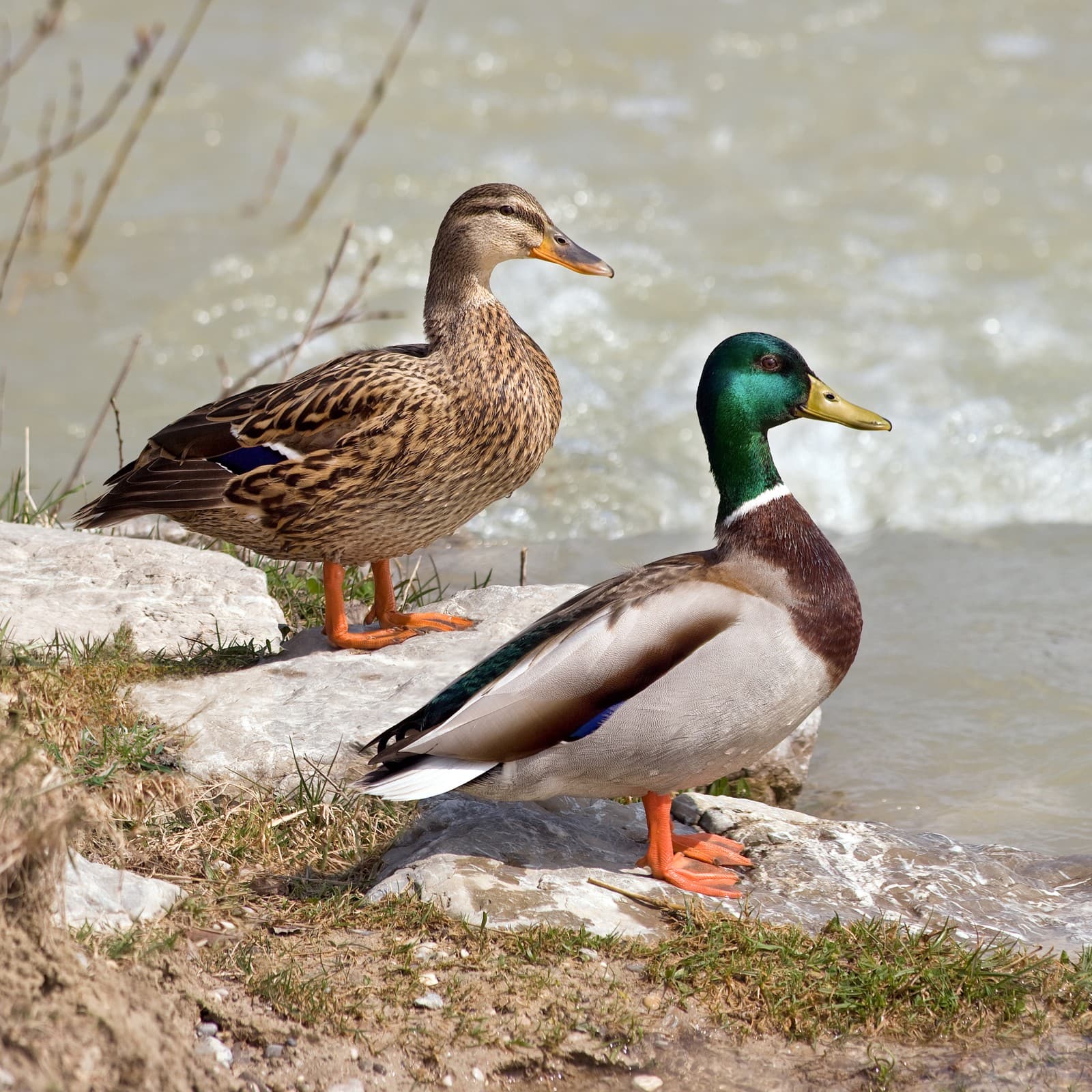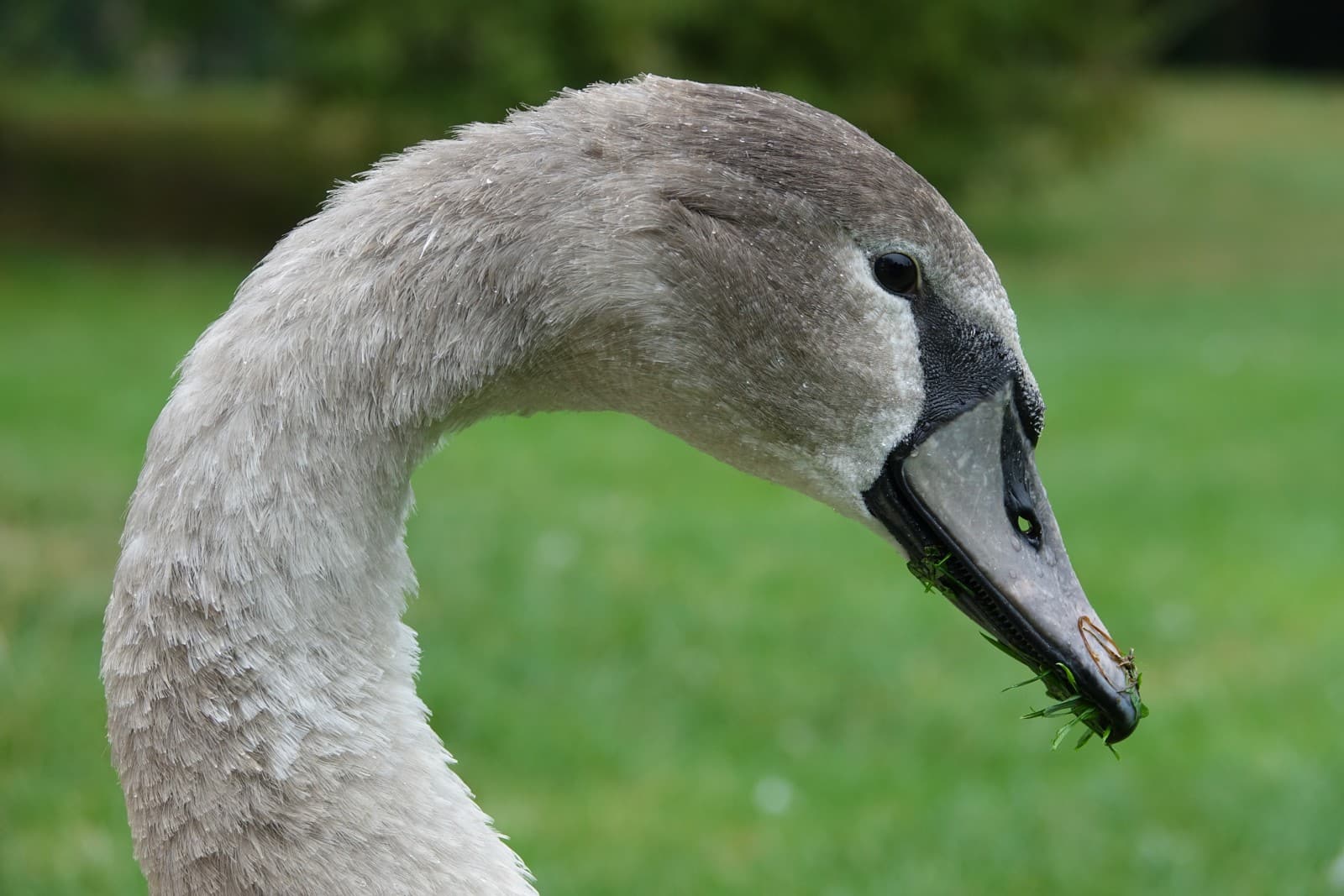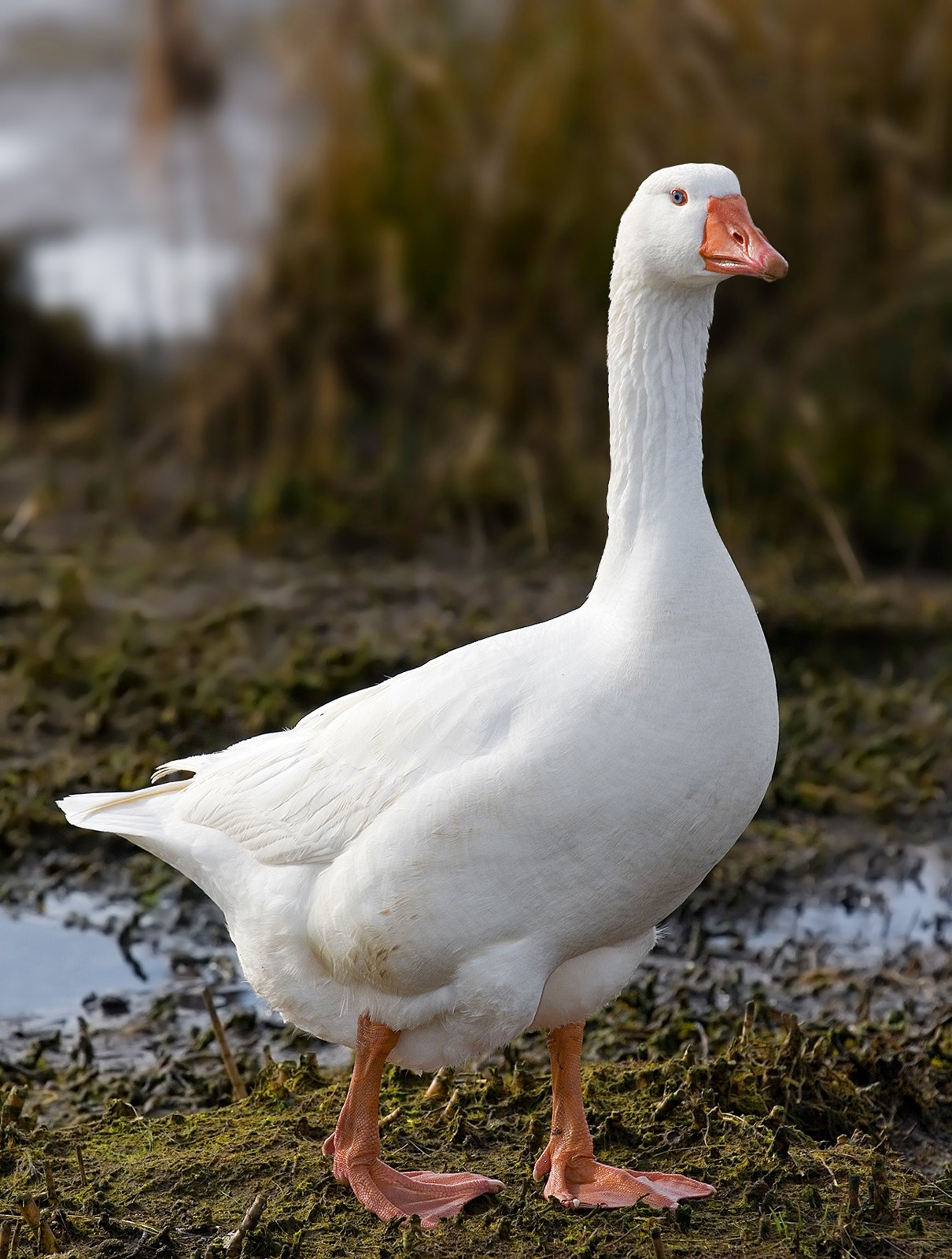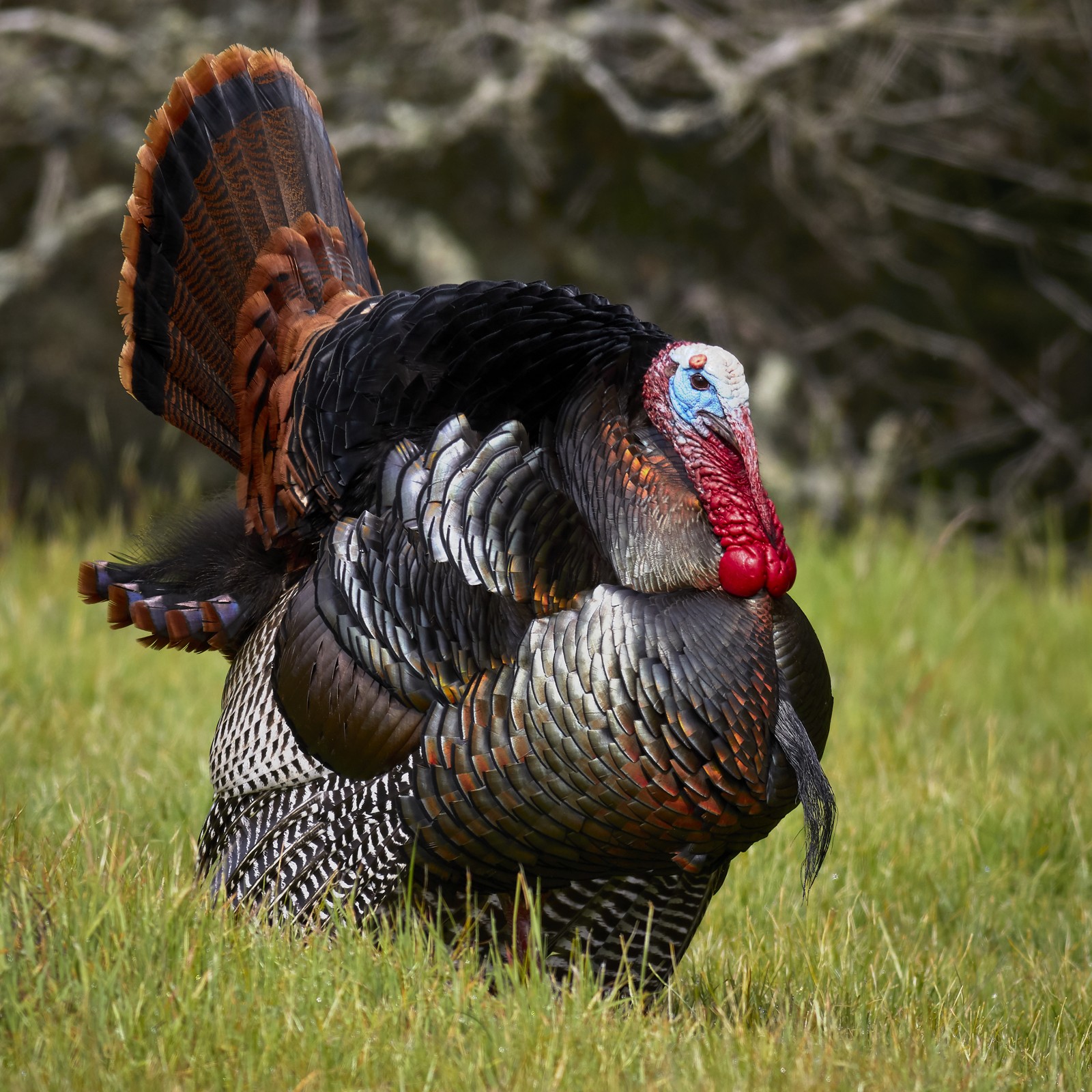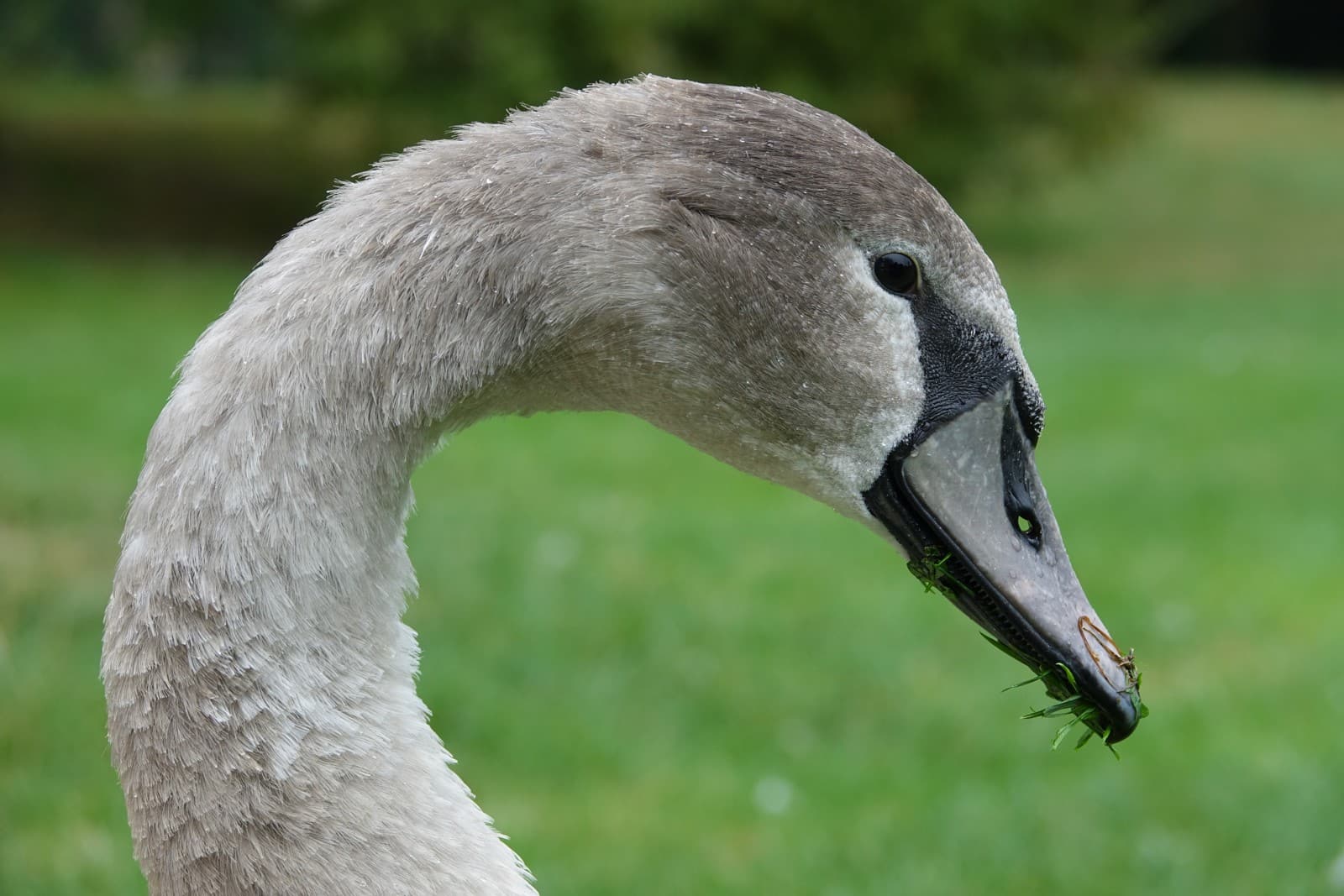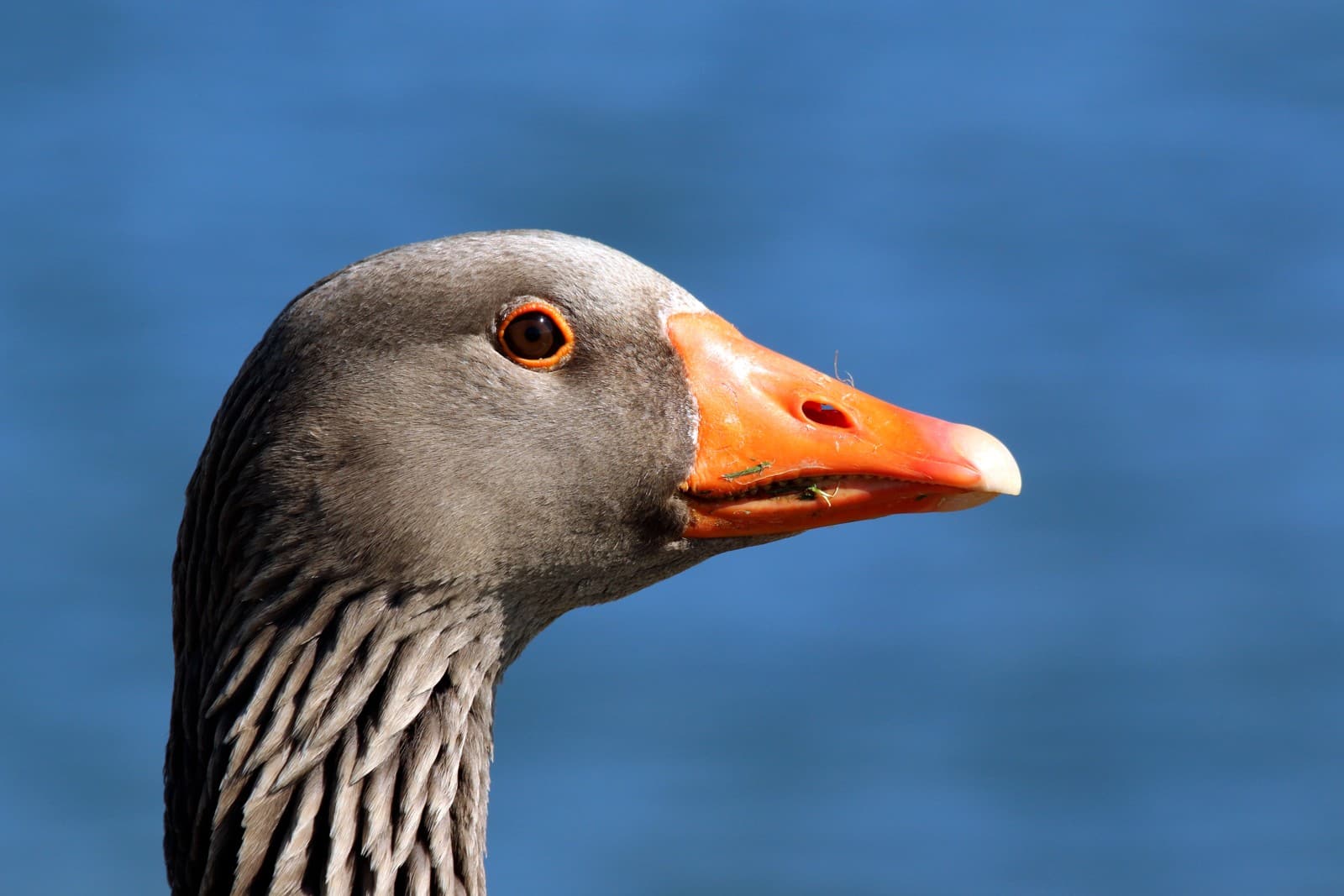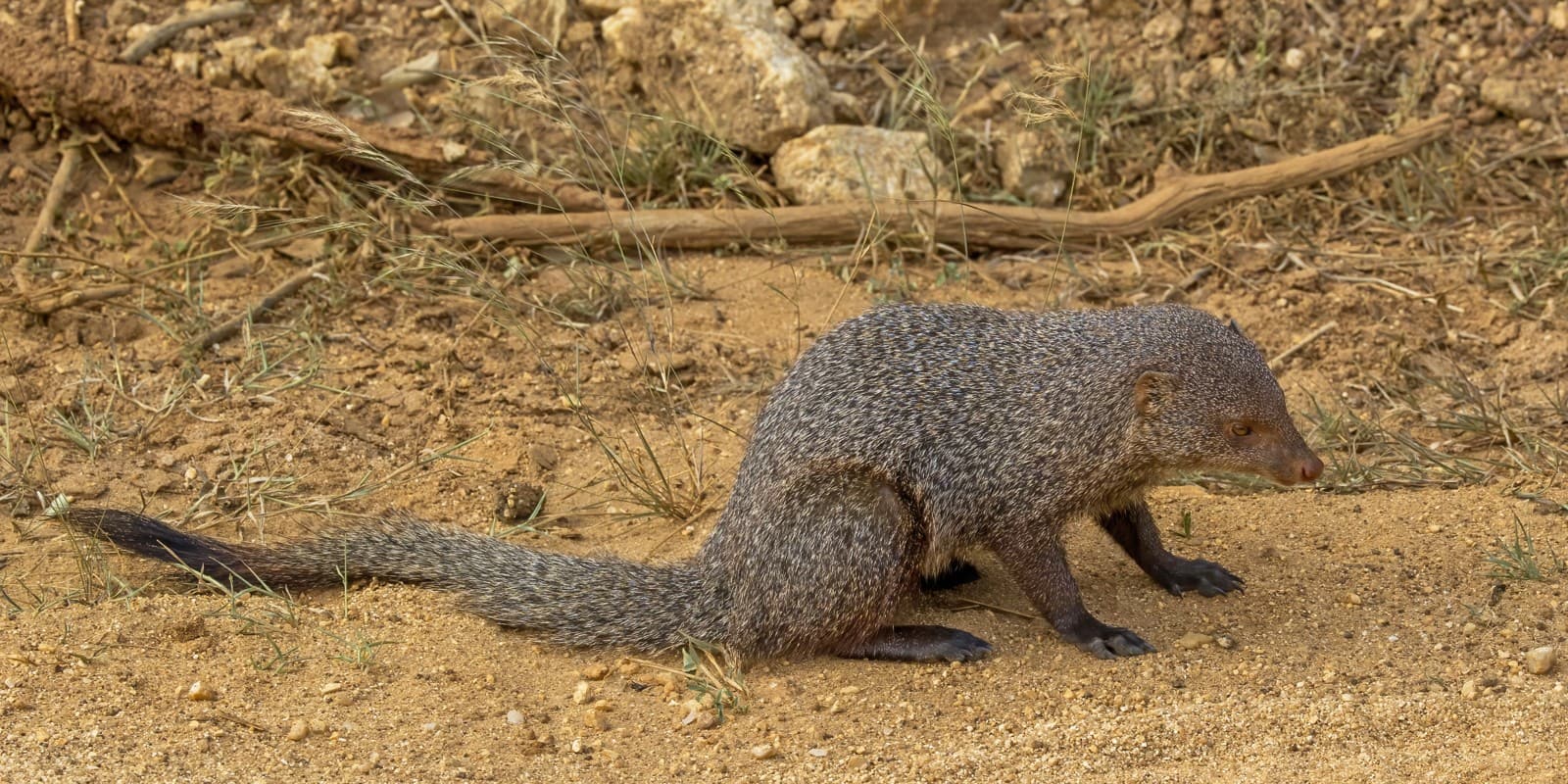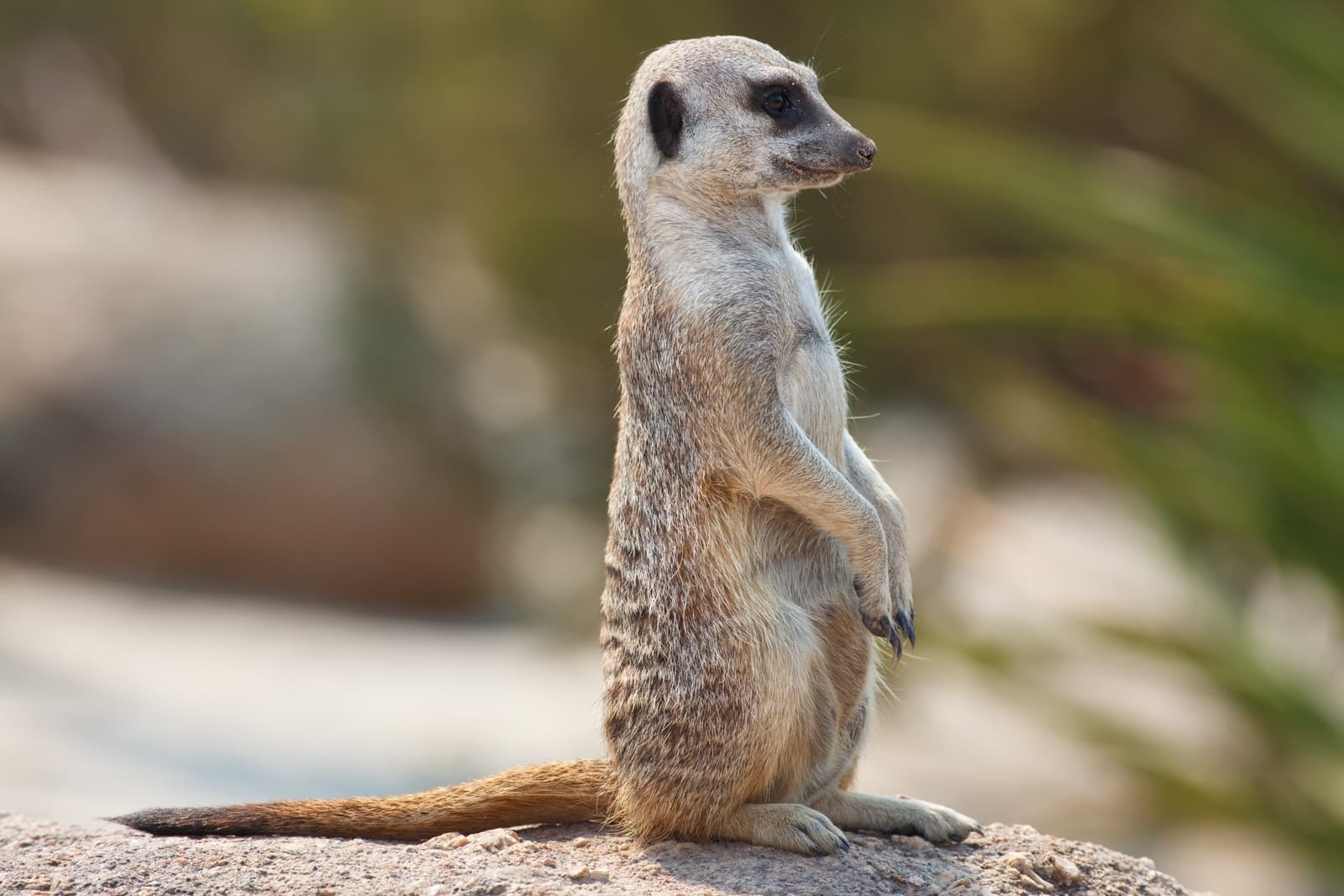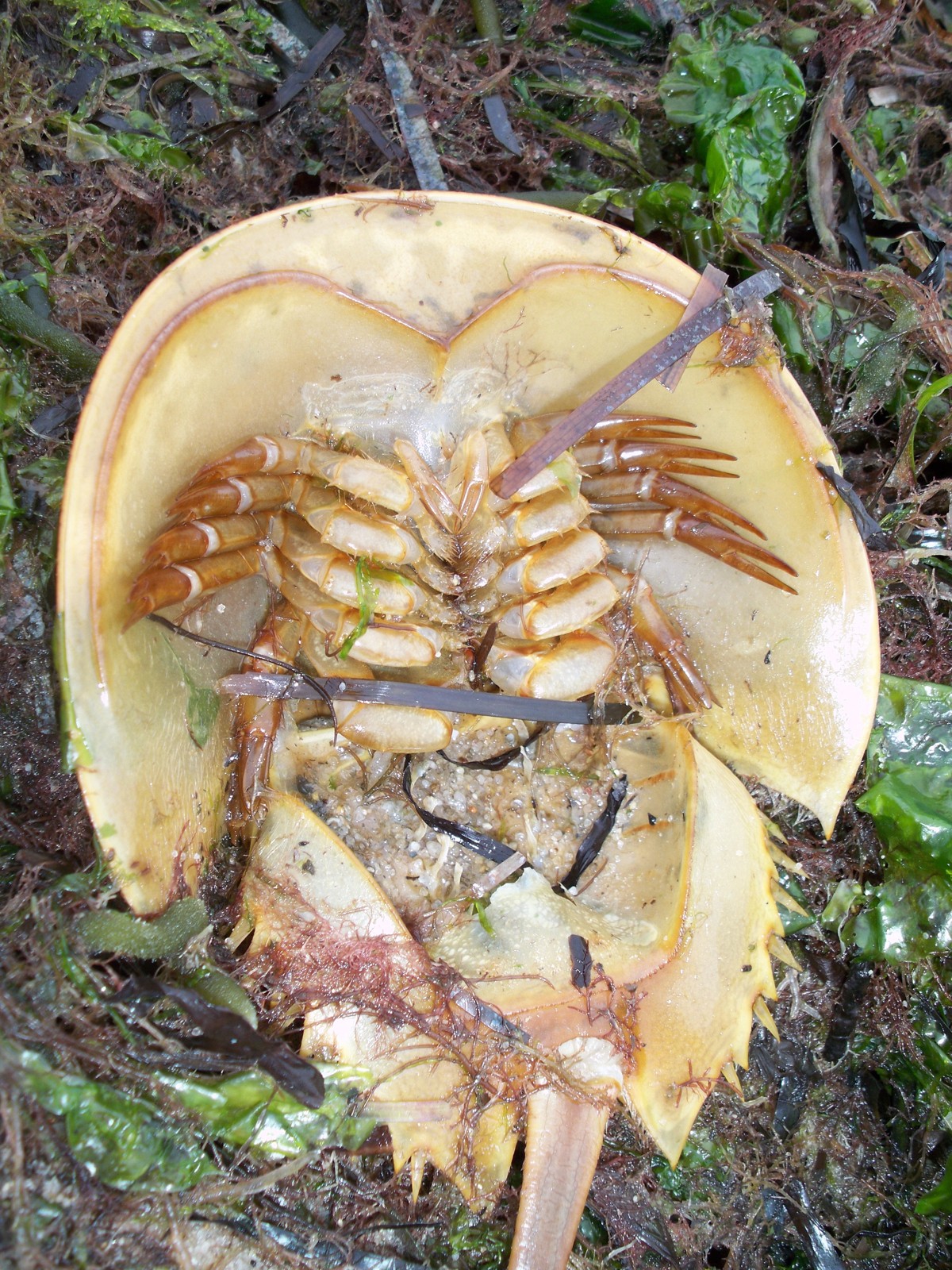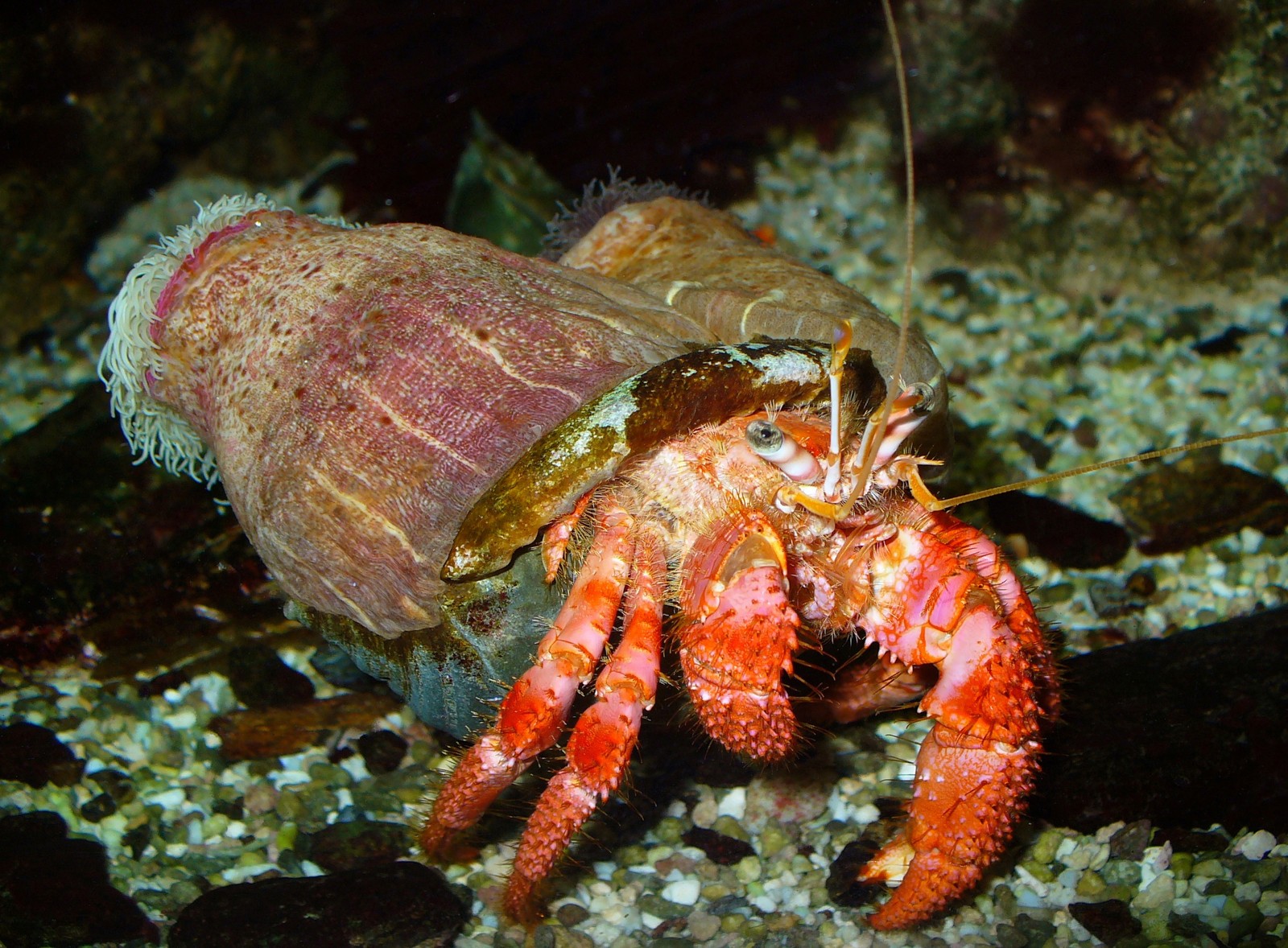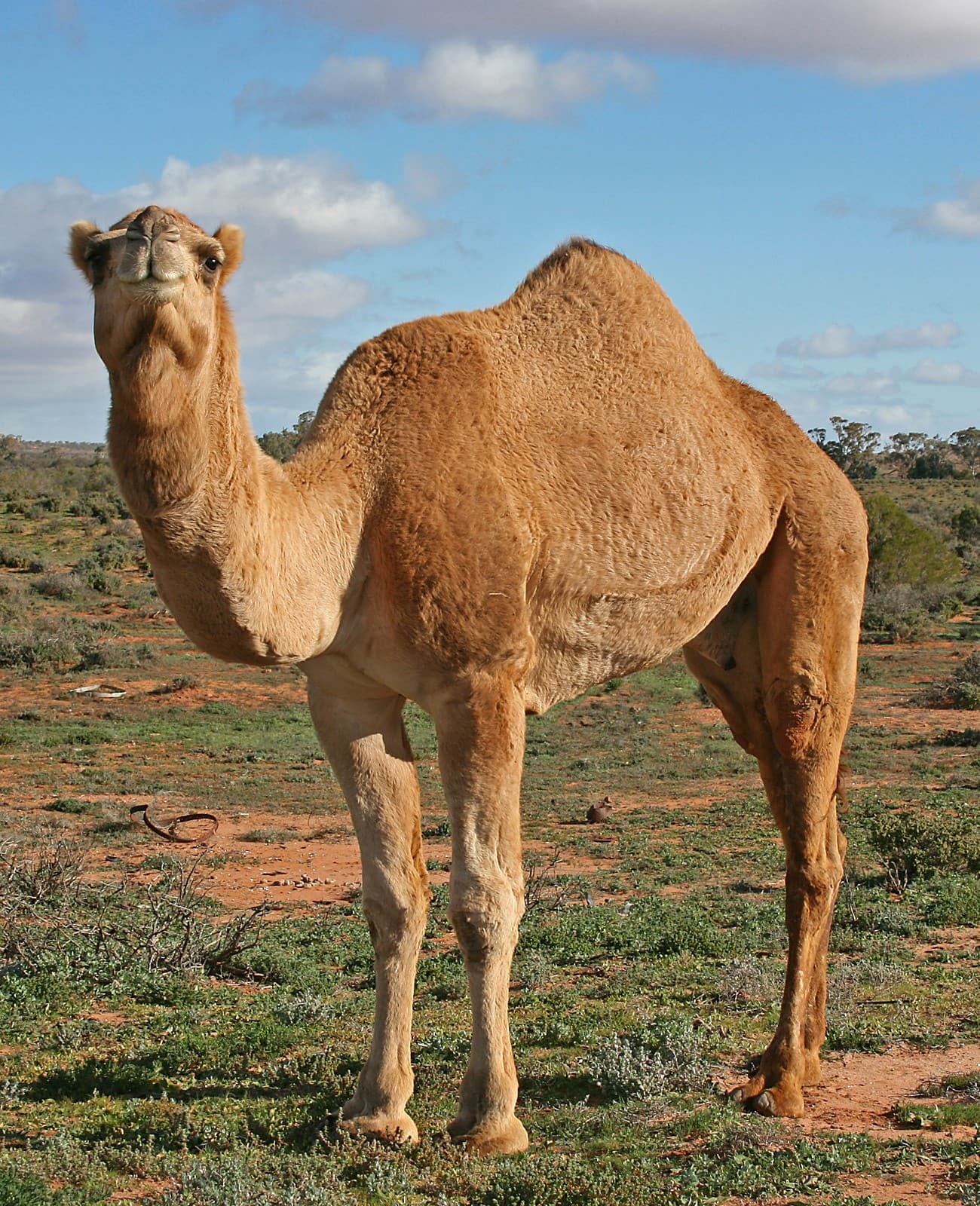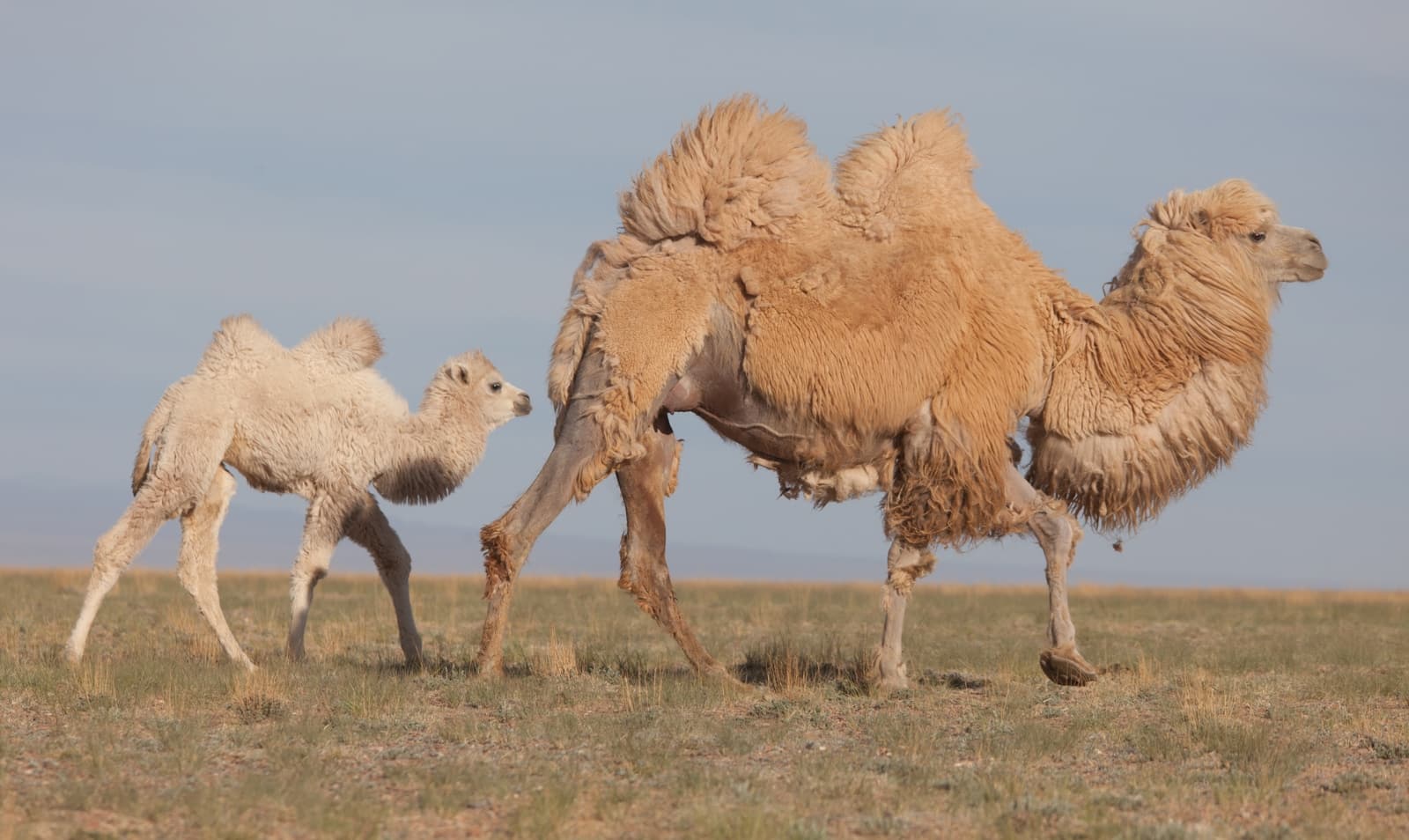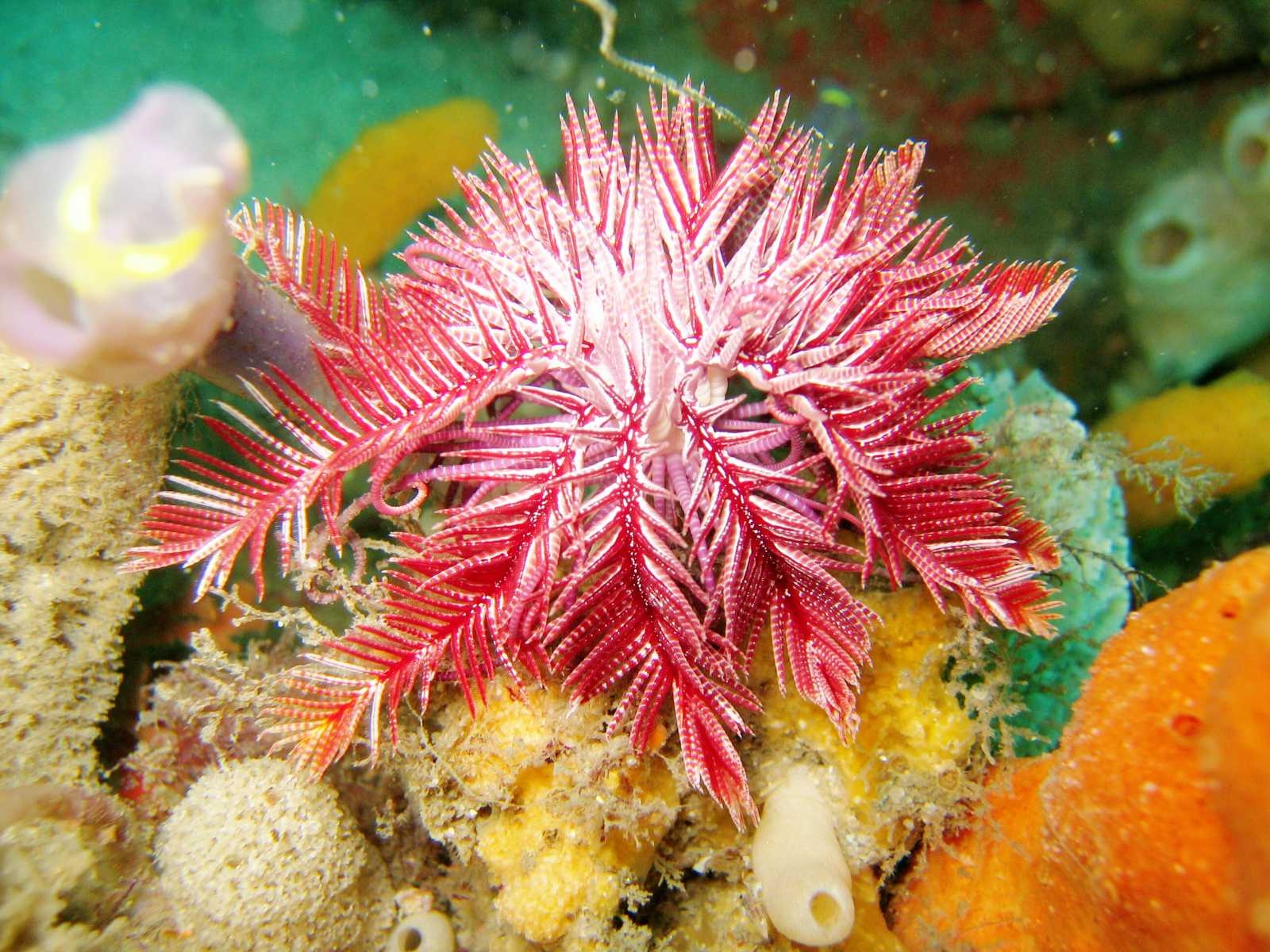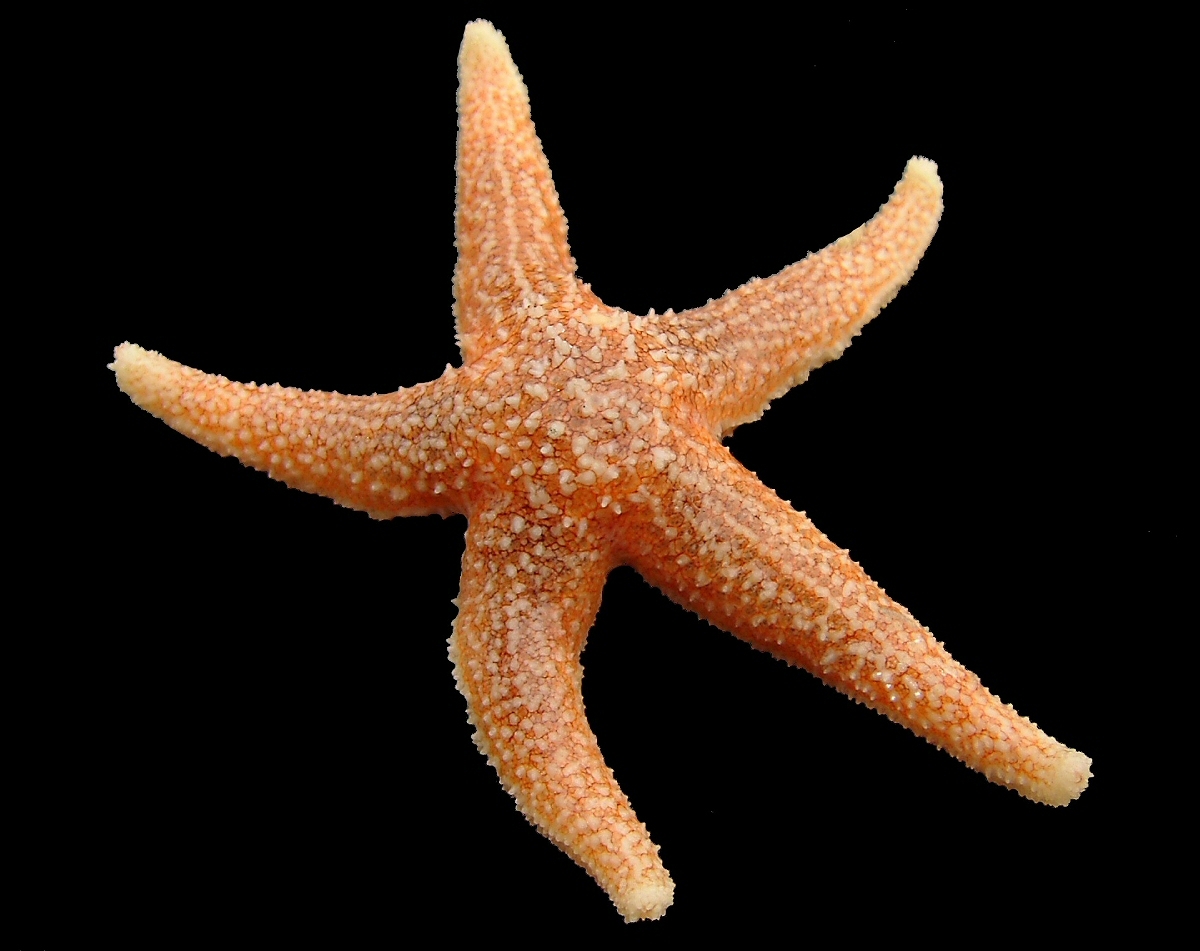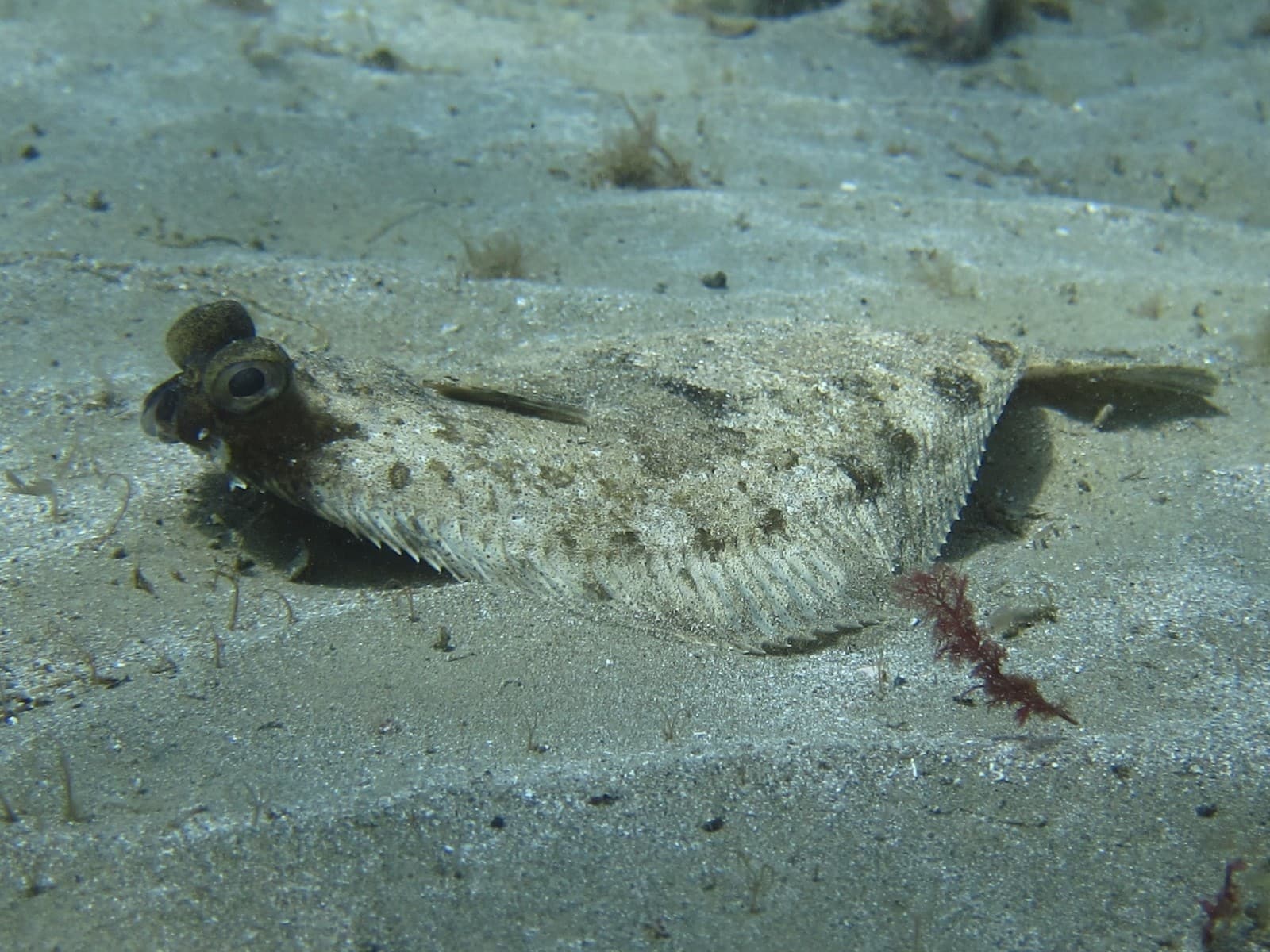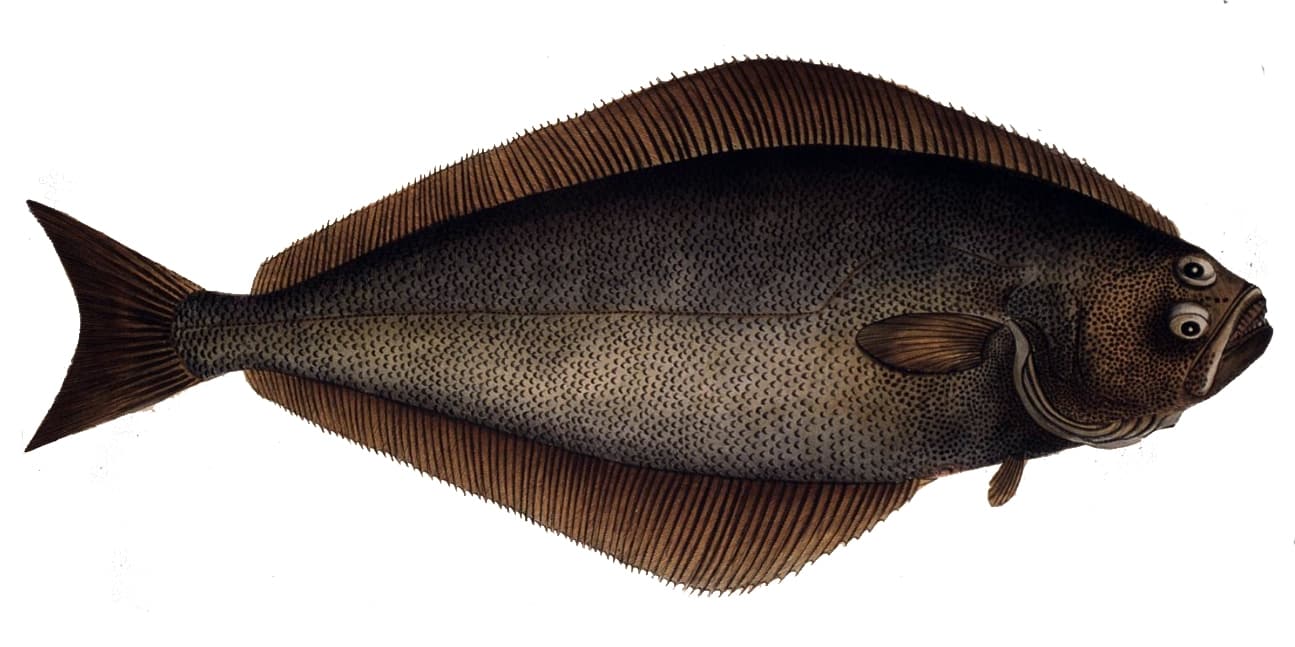Duck vs Goose: A Complete Comparison
When comparing ducks vs geese, size presents the most immediate distinction. Geese typically stand 30-43 inches (76-109 cm) tall, while most duck species measure just 15-28 inches (38-71 cm). This substantial size difference reflects their divergent evolutionary paths, despite both being members of the Anatidae family.
The average goose weighs 6.6-14.3 pounds (3-6.5 kg), nearly three times heavier than most duck species, which typically range from 1.6-3.5 pounds (0.72-1.6 kg). These waterfowl also display marked differences in neck length, feeding habits, and social behavior, making each uniquely adapted to their ecological niches.
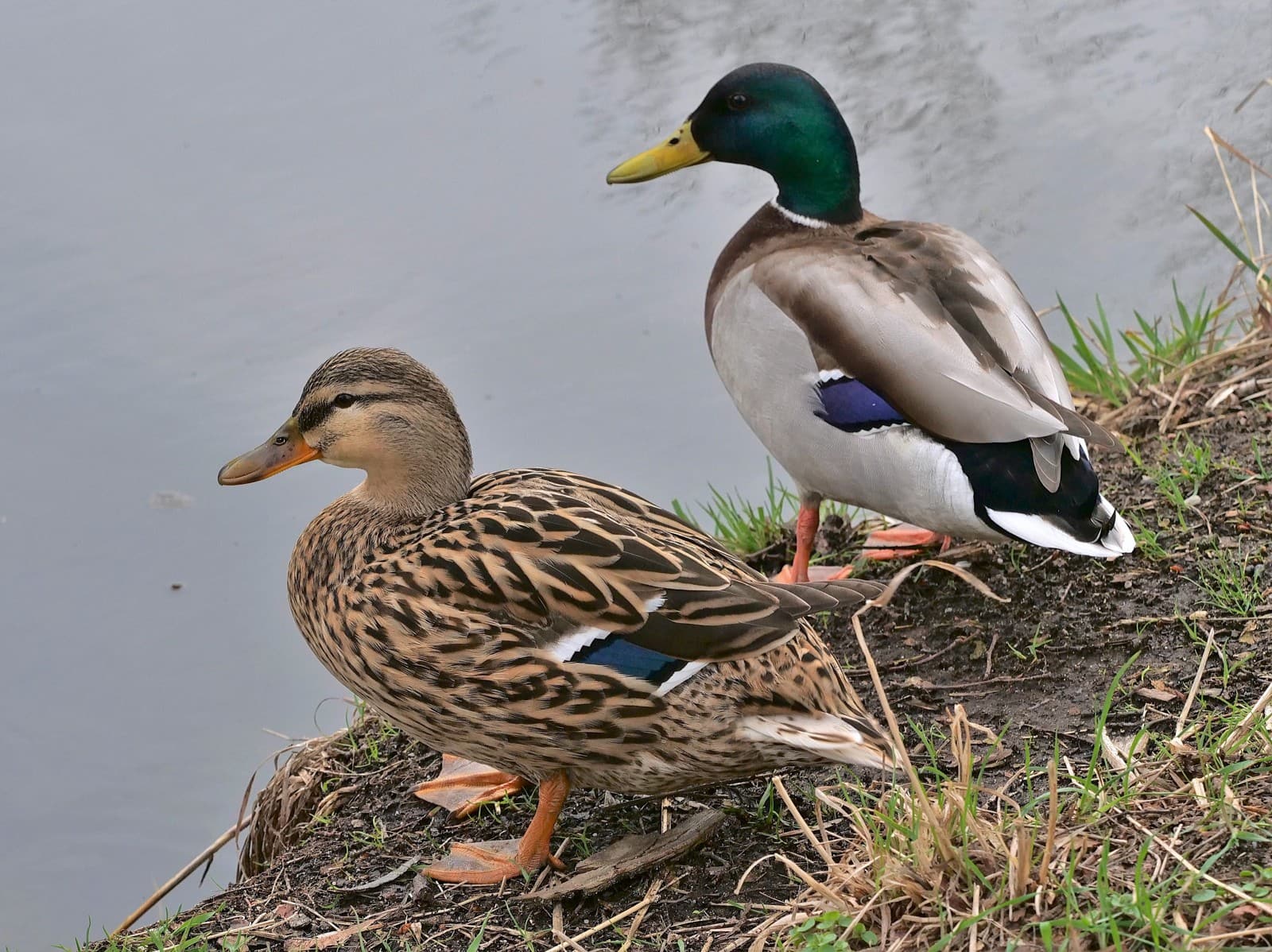
© Rolf Dietrich Brecher from Germany / CC BY 2.0
Mallard ducks exemplify typical duck characteristics with their compact bodies, shorter necks, and distinctive color dimorphism between males and females. These adaptable waterfowl demonstrate the specialized feeding behaviors that distinguish ducks from their larger goose cousins.
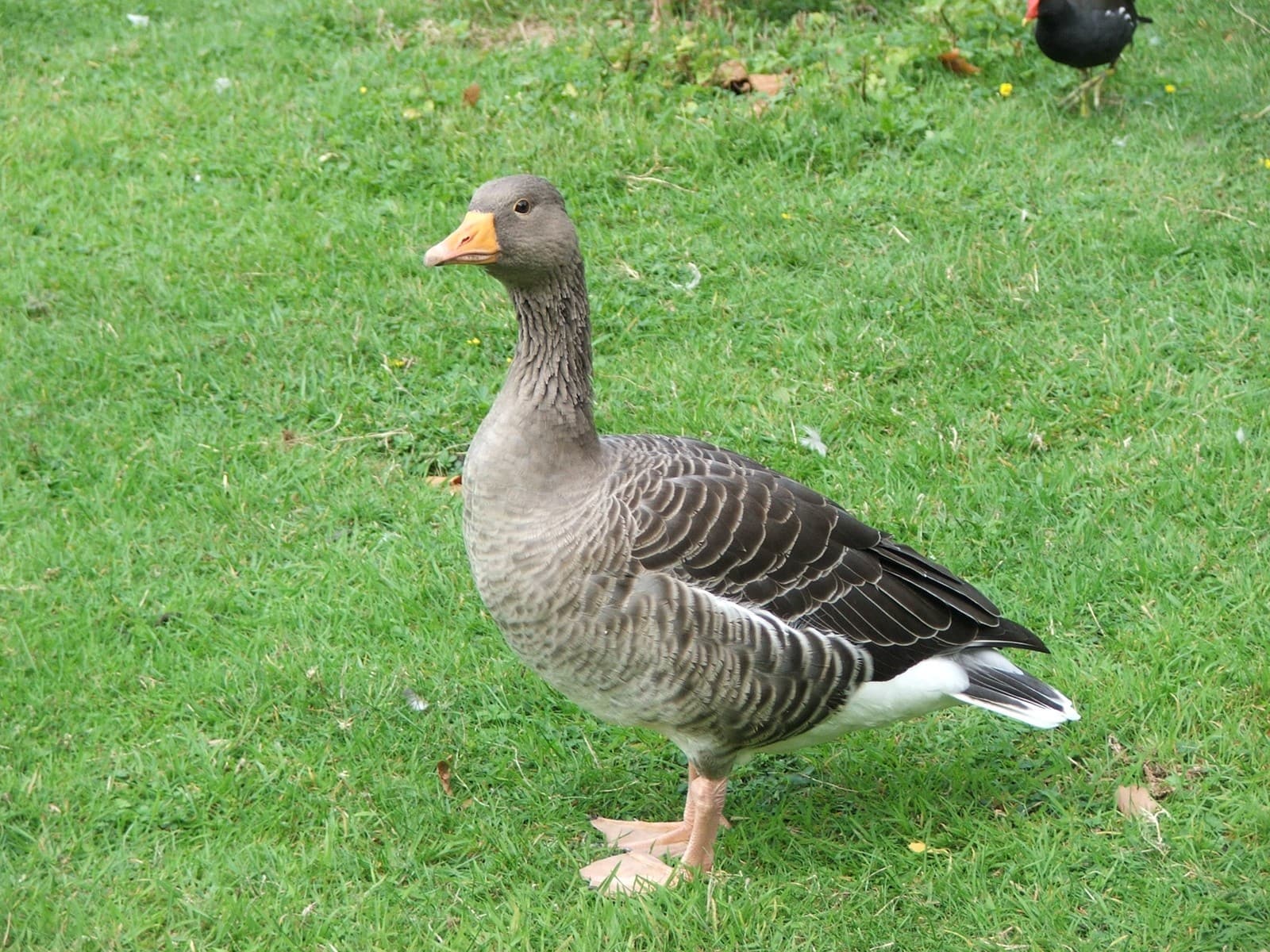
© Piotr Kuczynski / CC BY-SA 3.0
The Greylag Goose showcases classic goose features including the longer neck, larger body size, and more upright posture typical of geese. These characteristics enable their grazing lifestyle and more terrestrial feeding habits compared to ducks.
Key Differences: Duck vs Goose
| Feature | Duck | Goose |
|---|---|---|
| Size | 15-28 inches (38-71 cm) | 30-43 inches (76-109 cm) |
| Weight | 1.6-3.5 lbs (0.72-1.6 kg) | 6.6-14.3 lbs (3-6.5 kg) |
| Neck Length | Short and thick | Long and flexible |
| Diet | Primarily aquatic vegetation, insects | Mainly terrestrial grasses, grains |
| Social Structure | Seasonal pairs | Long-term family groups |
| Habitat Preference | Primarily aquatic | Both water and land |
Behavioral Differences
Ducks and geese exhibit distinct behavioral patterns that reflect their evolutionary adaptations. Ducks typically demonstrate more aquatic behavior, spending up to 90% of their time on water. They excel at diving and dabbling, with specialized bills designed for filtering food from water.
Geese, conversely, spend significant time on land, grazing in fields and parks. Their stronger legs and more upright posture enable efficient walking and running, with some species capable of sustained speeds of 20 mph (32 km/h) on land.
Habitat and Distribution
While both waterfowl groups show remarkable adaptability, their preferred habitats differ significantly. Ducks favor wetland environments, including:
- Marshes
- Ponds
- Slow-moving rivers
- Coastal waters
Geese demonstrate greater habitat flexibility, thriving in:
- Agricultural fields
- Urban parks
- Wetlands
- Arctic tundra (during breeding)
Breeding and Family Structure
The reproductive strategies of ducks vs geese reveal fascinating contrasts. Ducks typically form seasonal pairs, with males abandoning females shortly after nesting begins. Most duck species lay 8-13 eggs per clutch, with ducklings becoming independent within 50-60 days.
Geese maintain strong family bonds, often mating for life. They produce smaller clutches of 4-6 eggs but invest heavily in parental care, with both parents protecting and teaching their goslings for up to one year.
Who Would Win in a Confrontation?
In territorial disputes, geese typically dominate due to several advantages:
- Larger size and weight
- More aggressive temperament
- Stronger bite force
- Superior height advantage
However, ducks compensate through:
- Greater maneuverability
- Faster flight speeds
- Better underwater escape capabilities
Conservation Status
Both groups face similar conservation challenges, primarily habitat loss and climate change. However, their different adaptations influence their vulnerability:
Ducks:
- More sensitive to wetland degradation
- Affected by water pollution
- Vulnerable to hunting pressure
Geese:
- Better adapted to human-modified landscapes
- More resilient to habitat changes
- Some species considered overabundant in urban areas
Understanding these differences helps wildlife managers develop effective conservation strategies for both groups while managing human-wildlife conflicts in urban and agricultural settings.
